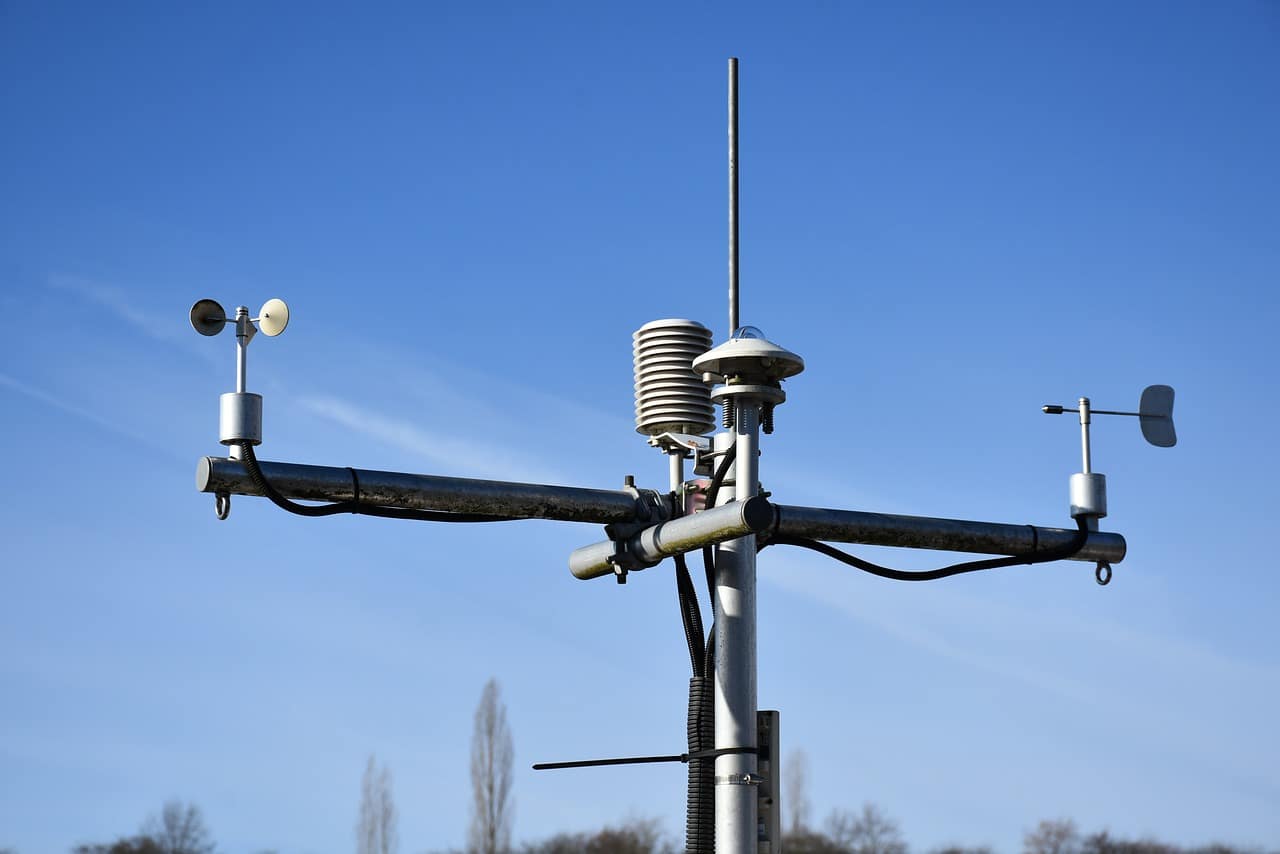While modern technology isn’t allowing us to control the weather, it has developed sophisticated instruments that enable us to monitor and predict weather conditions, with better precision and accuracy than ever before. A convenient, popular device that you can acquire for such purposes is a home weather station. From temperature to rain and wind situation, the weather will no more secrets for you.
Now, if you’ve just purchased one of these, or looking to buy one for private residential or commercial use, we’ve put together a useful guide to help you understand and maximize the features of your new installation.
IMAGE: PEXELS
1. Operating Principle
In a nutshell, a home weather station works by gathering, collecting, and analyzing all sorts of atmospheric and terrestrial data in the environment where it is placed. Depending on how advanced its technology is, it will usually consist of a collection of sensors that pick up on weather changes and establish patterns before relaying that information to a central console.
While most personal stations will only record and transmit that data, more complex installations will be capable of making predictions and forecasts. A typical device is comprised of 5 parts to inform you on a range of weather facts, which we’re detailing for you below.
2. Thermometer
First of all, the most basic feature of a home weather station is to measure ambient temperature. This is certainly the most familiar on this list. The station will have built-in sensors to analyze the surroundings and relay a signal to a display, expressed in either in degrees Celsius (Co) or Fahrenheit (Fo), depending on your settings. While the types of thermometers can vary, the typical range covers up to 30 meters (or 100 feet), and some devices even have two thermometers for measuring both indoors and outdoors temperature.
3. Barometer
Another feature your weather station will include is a barometer to assess atmospheric pressure. Essentially, the lower the air pressure, the higher the likeliness of experiencing rain and/or strong winds. The built-in barometer tool works by producing electrical signals from a pressure sensor, which will then be interpreted in air pressure values.
These measurements are essential to understanding your weather station, and as such, it’s best to consult specialized reviews for gaining better knowledge of meteorology, thus optimizing the use of your personal home device. After all, grasping phenomena such as atmospheric pressure isn’t just reserved for scientists and experts!
4. Hygrometer
Hygrometers are instruments that measure the level of humidity in your area, in other words, the percentage of water vapor present in the air (referred to as relative humidity). It’s usually placed next to the thermometer on your device. Simply put, a hygrometer has capacitive sensors with moisture-absorbing materials. These capacitors are what allows the device to detect any change in humidity in the surroundings. These changes are then recorded, and the data relayed on your central display.
5. Anemometer
Another important component of your station is the anemometer, which is used to determine wind speed and direction. While it might seem like a relatively straightforward tool, not all devices come equipped with the same type of anemometers:
- Cup Anemometers – Certainly the most common, this type uses wind cups (usually 3) positioned at a precise angle to catch the air and make it spin. This will create a voltage inside it, and with the help of sensors, deliver an accurate wind speed reading expressed in miles or kilometers per hour.
- Propeller Anemometers – Featuring 4 blades, this design combines a vane and a propeller that works in tandem to measure wind speed and direction. In this setup, the vane will force the propeller to continually be facing against the wind.
- Sonic Anemometers – This one is composed of antennae to record wind data. It uses ultrasonic waves to make speed and direction measurements, whenever the wind goes through the space between the two antennae.
6. Rain Gauge
As the name suggests, this instrument records the amount of rainfall (or precipitation) in a particular place, and over a specific period of time. While not all devices are equipped with one, the tipping bucket is the most common and accurate technology; it uses a rain-collecting bucket containing up to 8 inches, which balances and tips over after the capacity is exceeded. It also comes with a protective mesh to avoid any debris falling inside of it and compromising measurement accuracy.
All in all, a home weather station is a great investment that will help you remain aware of what’s going on in your environment. This gadget will certainly prove to be a great ally in all circumstances and throughout the seasons.
If you are interested in even more technology-related articles and information from us here at Bit Rebels, then we have a lot to choose from.


COMMENTS